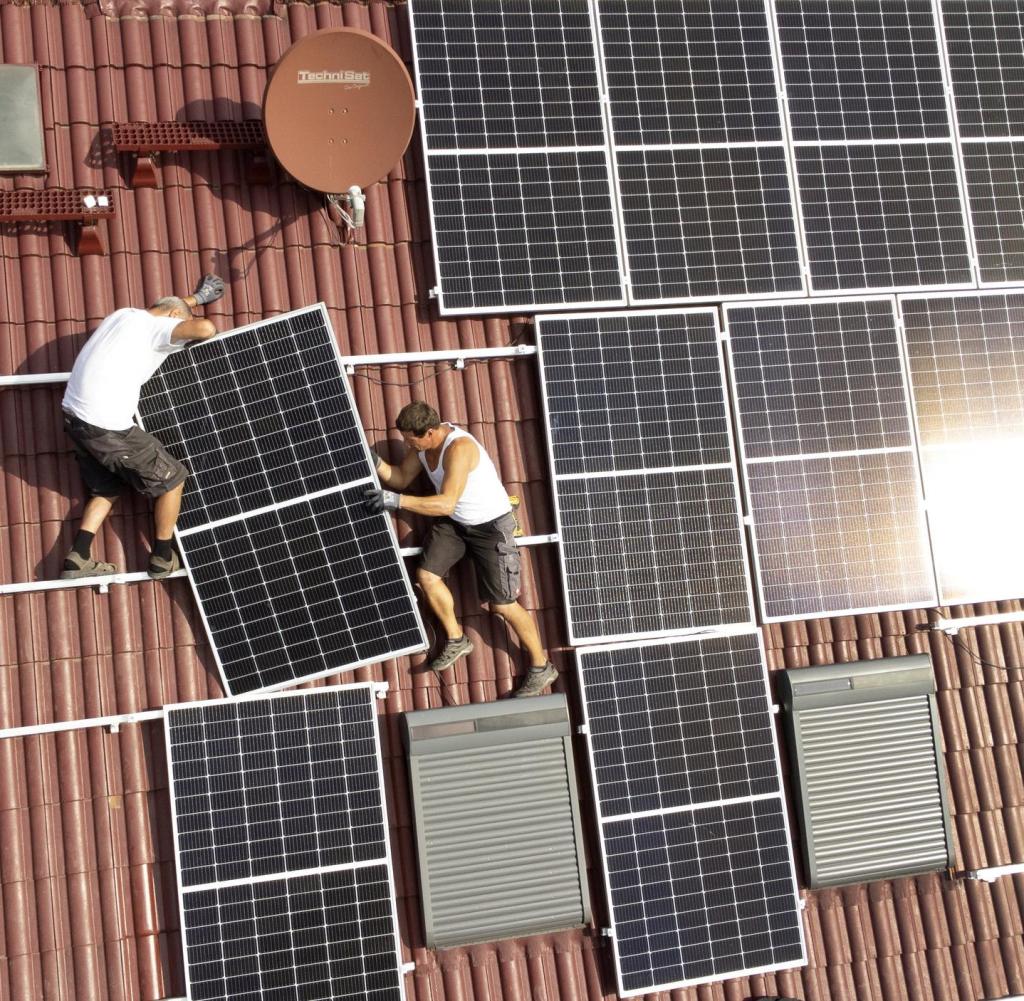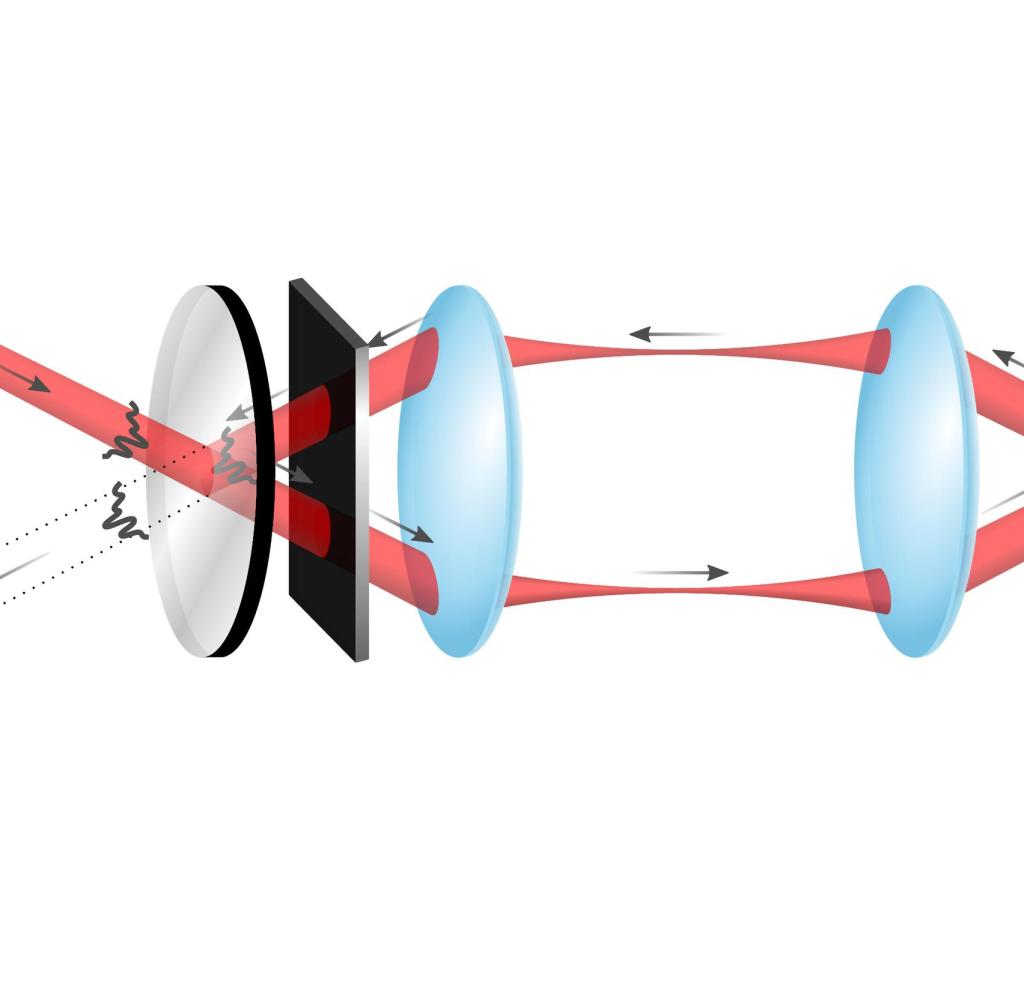Light traps should make solar cells more efficient


Urgently needed: higher efficiencies in solar cells
Source: image alliance / ZB
Whether it’s photosynthesis in plants or a photovoltaic system on the roof: if you want to use light efficiently, you need to absorb as much of it as possible. This is particularly difficult with thin layers of material – the researchers have now come up with a trick for this.
meScientists from Israel and Austria have developed a special and highly effective light trap. With the device, light can be optimally absorbed, i.e. recorded, by a thin layer. Researchers see possible applications primarily in science. In this way, telescopes could optimally capture the faint light of very distant stars, despite the movement of air in the atmosphere.
In the apparatus, the light is directed by mirrors and lenses in such a way that the light waves are extinguished by the incident light beam – the light is trapped in a trap. Theoretically, 100 percent of incident light can be absorbed with this arrangement. The group led by Ori Katz from the Hebrew University of Jerusalem and Stefan Rotter from the Technical University of Vienna present their invention in the magazine “Science” prior to.
The waves cancel each other out
“A thick black wool sweater can easily absorb light, but in many technical applications you only have a thin layer of material and you want the light to be absorbed in exactly that layer,” Rotter explained. He and his team designed the device based on an idea by Katz. Experiments with the device were carried out in Jerusalem, theoretical calculations in Vienna.
If someone throws two stones into a calm lake at the same time, the resulting waves overlap: when two wave crests meet, the wave crest is twice as high as the other wave crests, the troughs of the waves waves are twice as deep. But between mountains and valleys there is a zone where the water is as high as the rest of the lake’s water level – at this point the superimposed waves cancel each other out. This is the same with light waves. The researchers directed the incident light into a small cavity in such a way that some of the light falls back into the incident beam at the end of the path through the cavity.
A mirror, an absorber, two lenses and another mirror: the light trap is complete
Source: Vienna University of Technology
“What is crucial is that the length of this path and the position of the optical elements be set in such a way that the returning light beam (and its multiple reflections between the mirrors) exactly cancels out the light beam reflected directly from the mirror. first mirror, “explain the students of the Jerusalem teacher Yevgeny Slobodkin and Gil Vineyard. Therefore, the length of the light trap must be exactly matched to the wavelength of the light. So the light can also have different intensities, come from different directions, or be disturbed by air turbulence, but it’s still effectively locked in the light trap.
The device consists of a semi-transparent mirror through which the light beam enters the cavity, two lenses that direct the light beam, and a highly reflective mirror at the rear. The absorbent material is placed between the semi-transparent mirror and the first lens. The light that passes through this material after being reflected is then extinguished, blocked to some extent, by the incident light beam on the semi-transparent mirror.
In the experiment, the scientists used a colored glass panel as the absorbing material, which absorbs only 14.8 percent of the light that hits it. With the light trap, Katz, Rotter and their colleagues made the glass absorb more than 94 percent of the light. But theoretically, with this device, 100 percent of the incident light of one wavelength can be absorbed in a thin layer, writes Jacopo Bertolotti of the University of Exeter (UK) in a comment, also in science. He sees the possibility that light sensors in cameras and solar cells could be improved with the help of the device.
“Aha! Ten Minutes of Everyday Knowledge” is WELT’s knowledge podcast. Every Tuesday and Thursday we answer everyday questions from the field of science. Subscribe to the podcast at Spotify, Apple Podcasts, deezer, amazon music or directly through the RSS feed.

Introvert. Beer guru. Communicator. Travel fanatic. Web advocate. Certified alcohol geek. Tv buff. Subtly charming internet aficionado.

